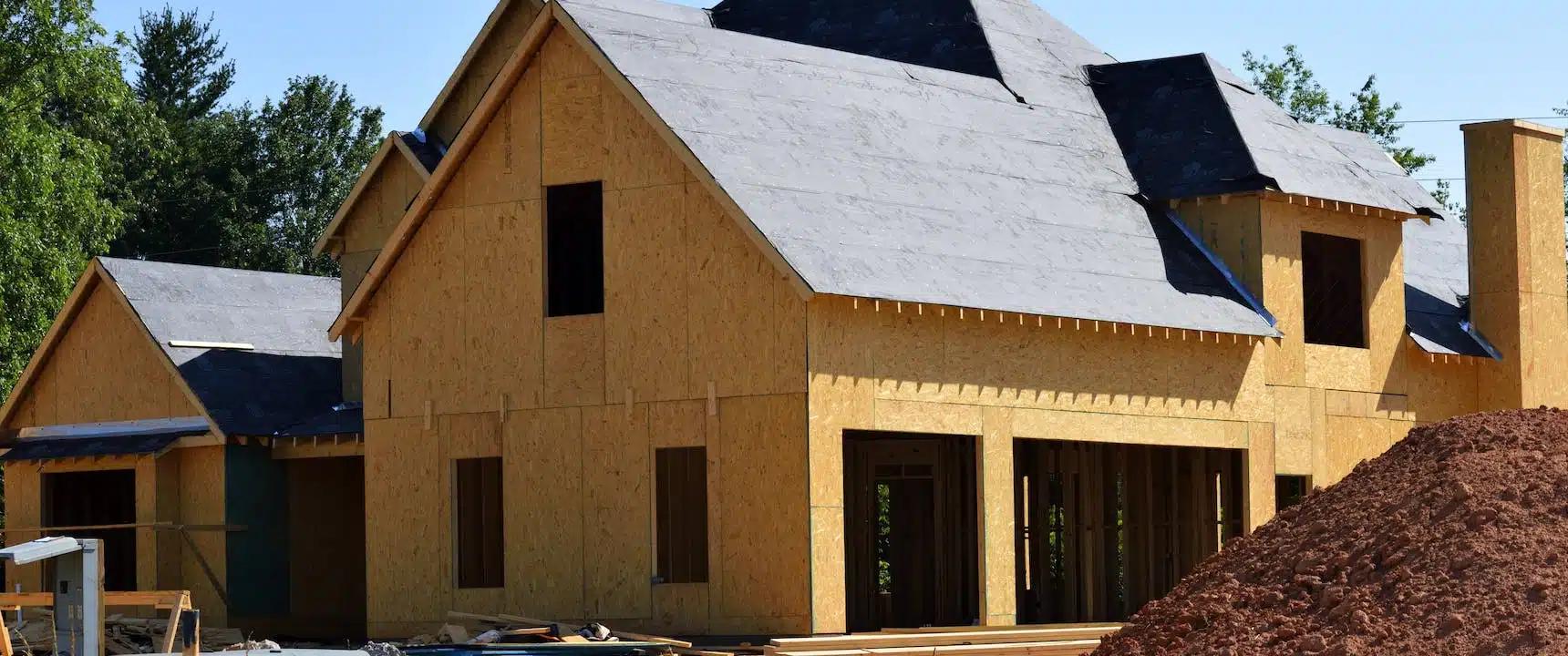
Asphalt or clay? Solar or metal? When it comes to roofing materials, you have a whole lot of choices – …
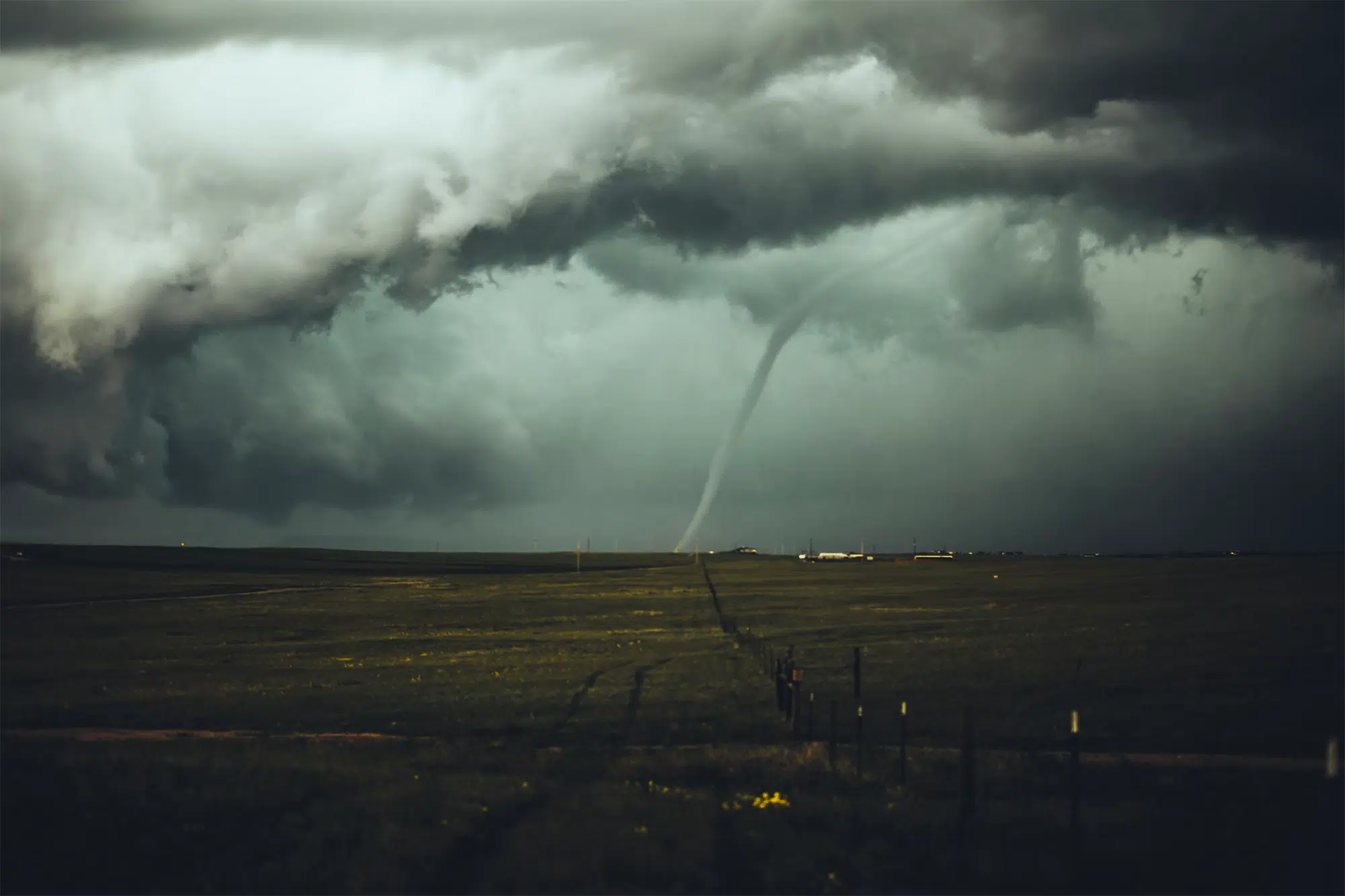
Tornadoes can form when there are two different speeds of wind at different altitudes. This creates a supercell, or a horizontal rotating column of air. Should this supercell pick up enough condensation, it will form a funnel. When the National Severe Storms Laboratory says a tornado watch is in effect, that means a tornado funnel has touched down somewhere within 250 miles. Should the National Oceanic & Atmospheric Administration’s (NOAA) local meteorologists – who cover your county or surrounding counties – issue a warning, there is a serious threat to your home and anyone or anything in it.
EF stands for Enhanced Fujita Scale, which was officially applied by the National Weather Service in 2007 as a more accurate assessment of a tornado’s characteristics than what the original Fujita Scale (F-Scale) offered. The current model designates wind speed ranges based on 28 damage indicators, including building type, different structures and trees. Each damage indicator has eight levels of damage – from small visible dings to complete and utter destruction.
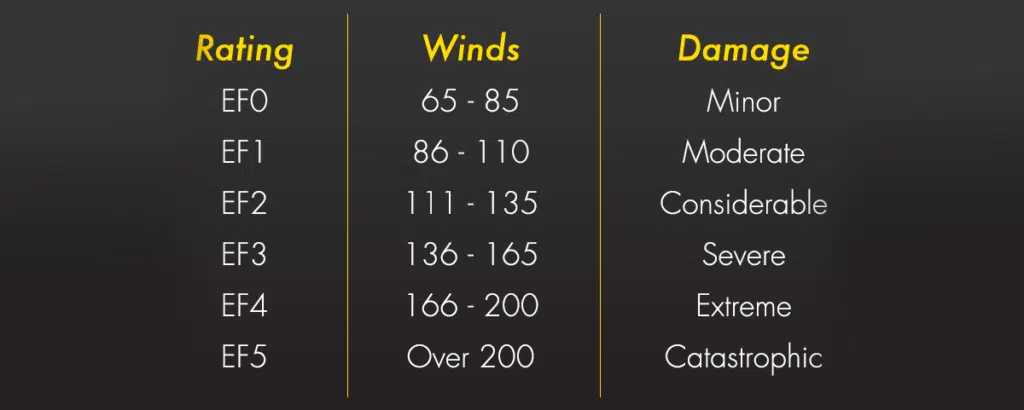
Though winds are strong in an EF-0 category tornado, you’ll most likely be dealing with fairly light damage. Because chimneys stick up straight into the open air, they could crack or chip with these winds. Broken branches, shallow-rooted trees falling over and bent road signs are also common scenes at this stage.
Winds anywhere from 86-165 mph could run off with your roof, or at least pieces of it. Mobile homes are in danger during an EF-1 category tornado, because they can be pushed off their foundations or completely overturned with winds howling at 80-110 mph. EF-1 tornadoes can even blow cars around the road. If you’re looking at an EF-2 or EF-3 tornado, more considerable damage will take place. This can include large trees snapping or becoming completely uprooted, cars being lifted off the ground and everyday objects suddenly turning into shooting missiles.
Severe damage is headed your way when meteorologists announce an EF-4 tornado. The fact that trains can be overturned and a forest-full of tress knocked down is a good indication of what could happen to your home. Trees, cars and virtually any free-standing object within a few miles could blow into your house. All it takes is one broken window or busted wall for wind to rush in and create enough pressure on the interior walls to blow your roof right off.
Winds over 200 mph bring incredible damage and devastation. Large, heavy objects could fly through the air as swiftly as a balloon, except they come with much greater implications. Well-constructed homes could be leveled and even their foundations cleared. The potential destruction is almost unimaginable unless you’ve seen it with your own eyes.
NOAA has found that only about 2% of confirmed tornadoes are violent to the point of devastation. But as you’ve realized by now, the “weak” tornadoes with winds at 110 mph can easily be grounds for costly roof repairs. In the wake of the chaos and confusion that comes with a high-caliber storm, rely on hassle-free restoration services from Storm Guard. You’ll have comfort knowing that only top-quality materials with the best warranties will be used to restore and secure your home sweet home.

Asphalt or clay? Solar or metal? When it comes to roofing materials, you have a whole lot of choices – …
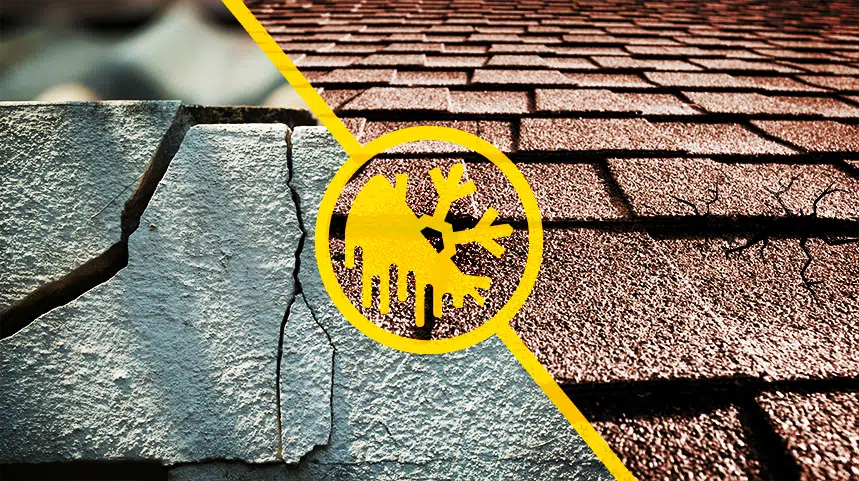
This drastic swing in temperatures is known to be associated with the freeze-thaw cycle. And no, it does not have …
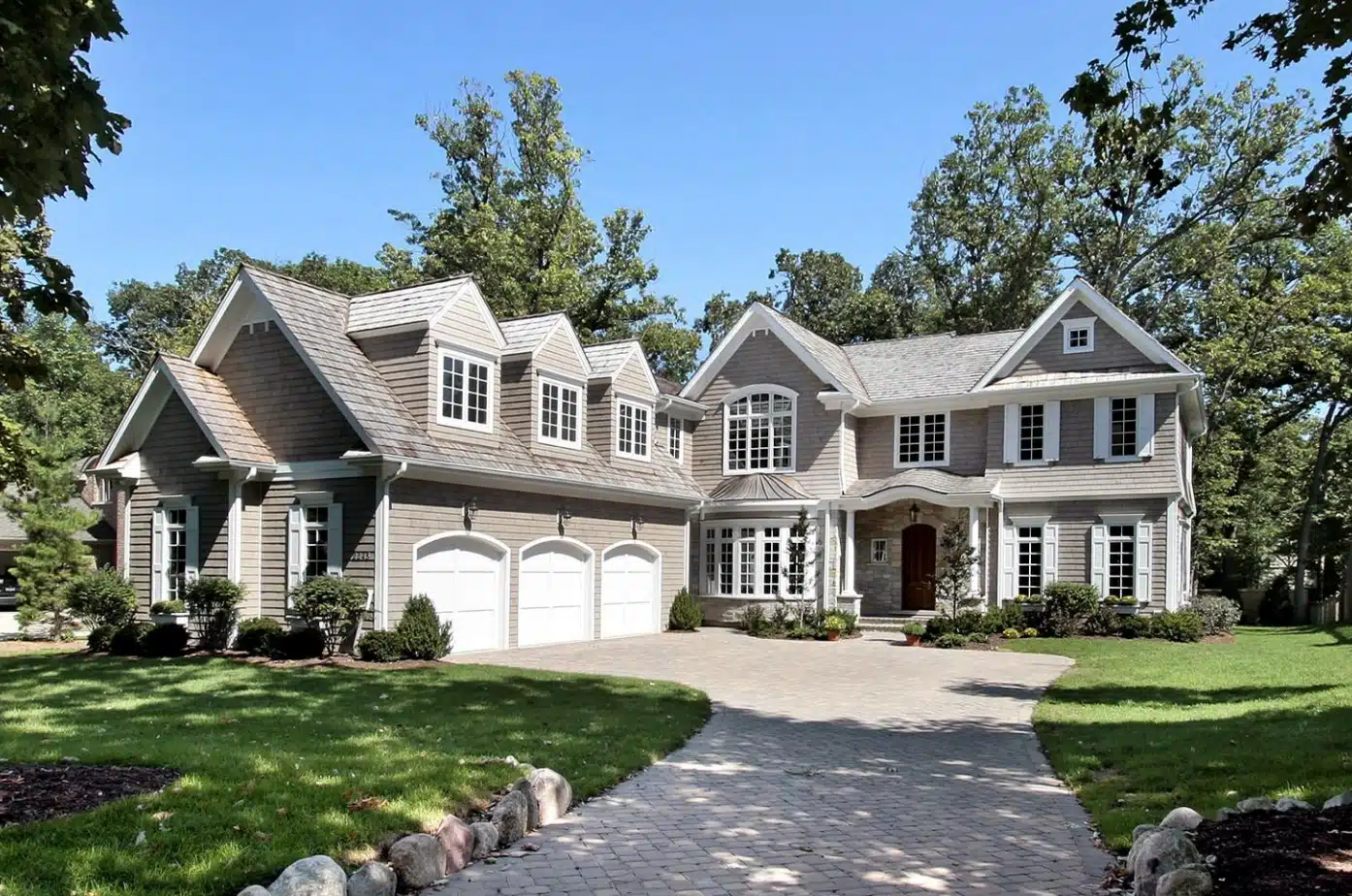
A well-maintained roof is essential for the longevity and protection of your home. Neglecting roof maintenance can lead to costly …
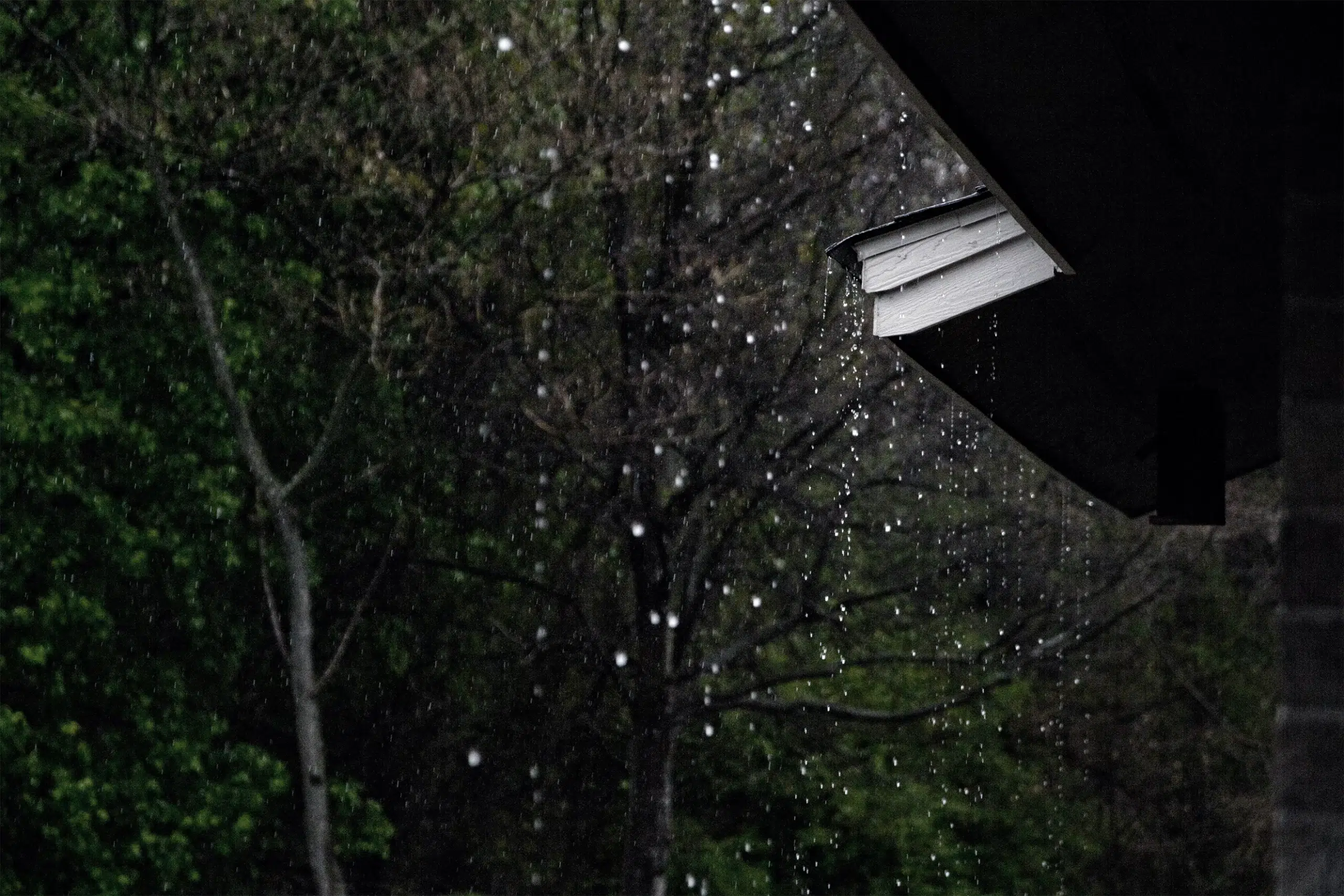
Yes, we are talking about hailstones, and they can lead to serious property damage. Hailstones, or hail pellets, are layers …

Spoiler alert: Yes! Yes, a leaking ceiling can collapse, and no, you don’t want to be there when it happens. Rather, you never …

New roof or old, getting up there to inspect your roof is an important practice you should be doing at least once …